Yesterday I went down to New Providence Wharf to look at the fire damage, and took the photo above. One thing was very clear from looking at the building.
The fire didn’t set the cladding alight
I read that 22% of the buildings exterior consists of cladding similar to that used on the Grenfell Tower.
The fire broke out in a flat on the 8th floor. It’s shown close-up in my telephoto shot below.
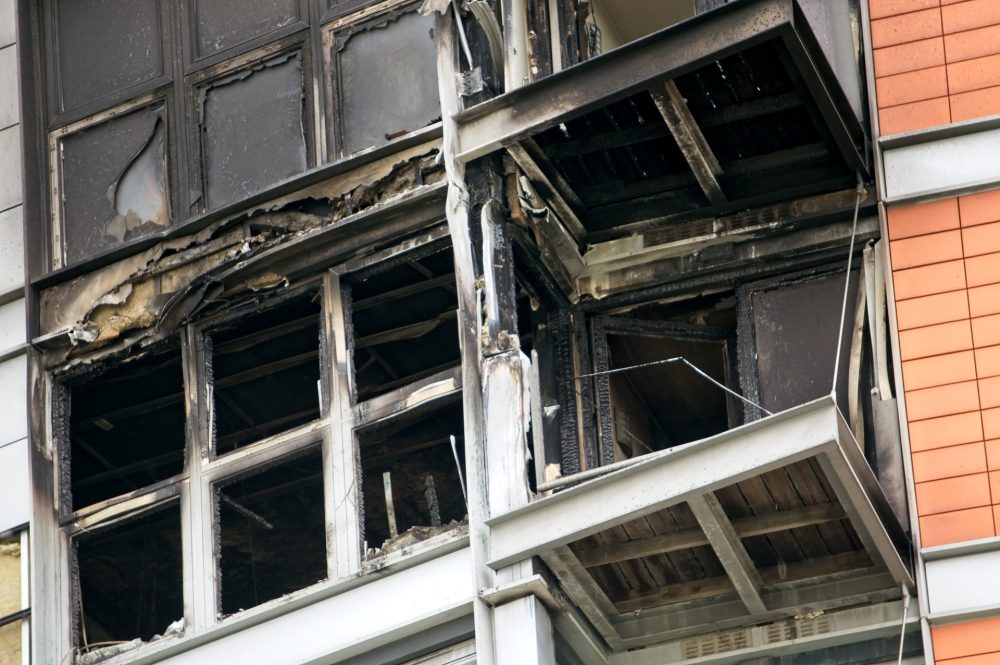
Ballymore said: “Due to the fire brigade response and to the performance of the fire safety systems on the building, the fire damage was contained to one apartment and to two balconies of apartments above.”
The big problem was that the fire alarm system in the building failed. A crucial thing in a building covered in flammable cladding. Apparently there were two members of the waking watch knocking on doors. But that wasn’t good enough. Two people were taken to hospital, and 38 others were treated for smoke inhalation at the scene. Given the circumstances, common sense would have suggested regular testing of the fire alarms on set days at set times. Someone should have checked that the alarm was received at the local fire station – it wasn’t.
New Providence Wharf has received £8 million of Government funding towards the £12 million cost of replacing the cladding.
A luxury development
Back in 2006 I gained privileged access to the New Providence Wharf Development and took the photos below.
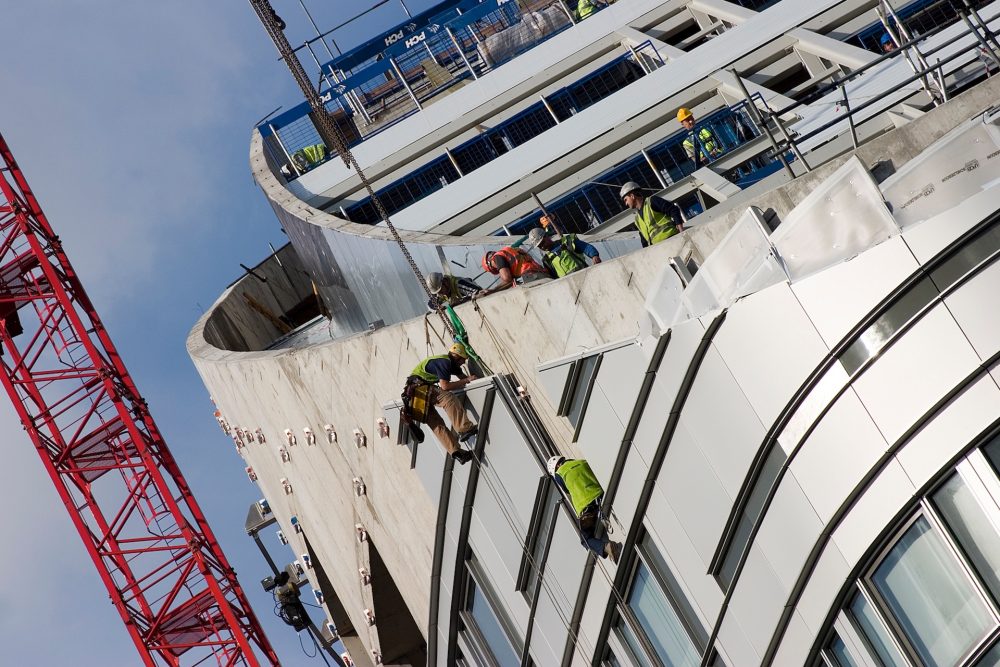
At the time the people from Ballymore told me that residents of the flats in Ontario Tower would be able to order room service from the hotel below. This development was well above my price bracket, but I thought that so cool. I was pleased that finally the East End was getting prosperous. It was escaping the blight of shutdown industries and urban decay. Even ten years ago more people lived and worked in Docklands than they did in the heyday of the docks. Some earn big salaries, and are engaged in international trade – finance.
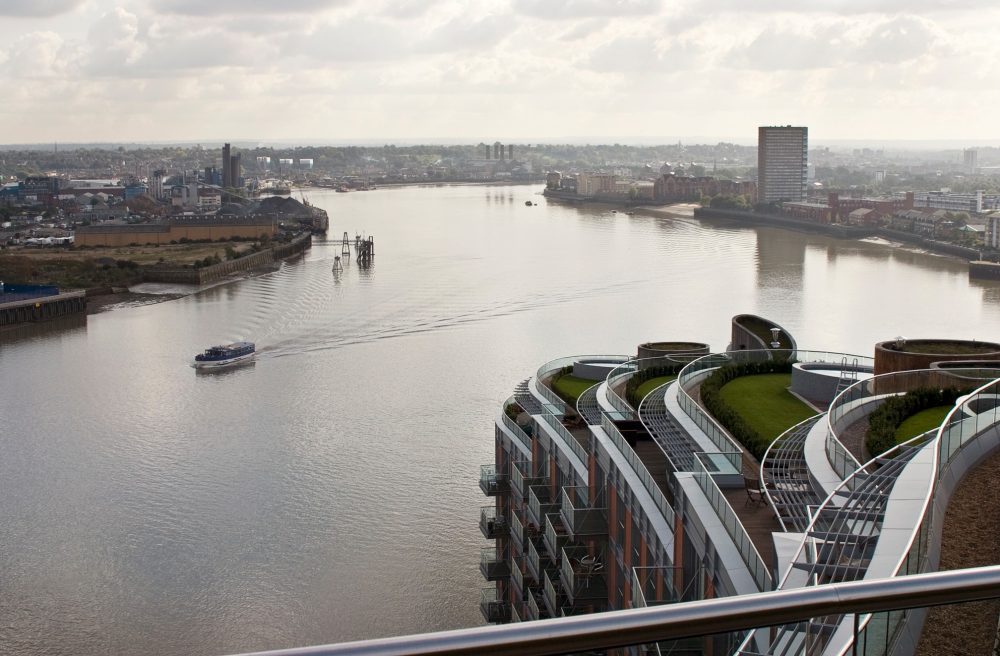
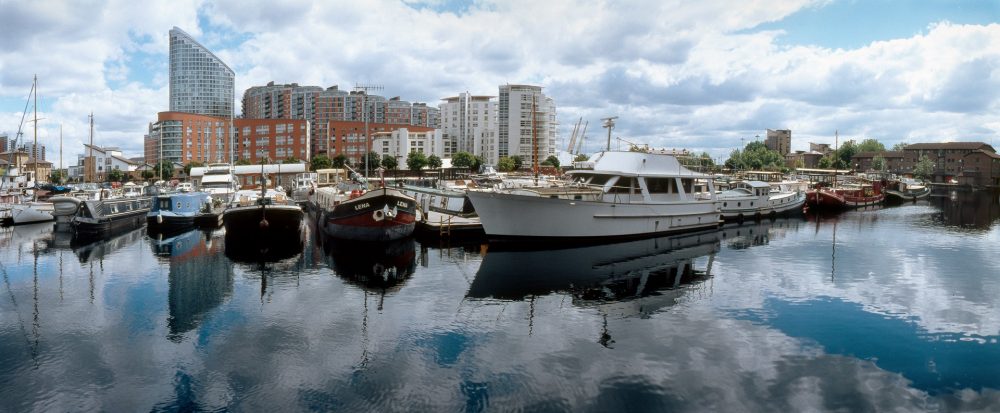
Ballymore’s lack of attention to detail is a great disappointment to me.
Just north of New Providence Wharf the oppressive, Brutalist, Robin Hood Gardens is only partly demolished and is housing people in dreadful conditions. I took the photo below last week.
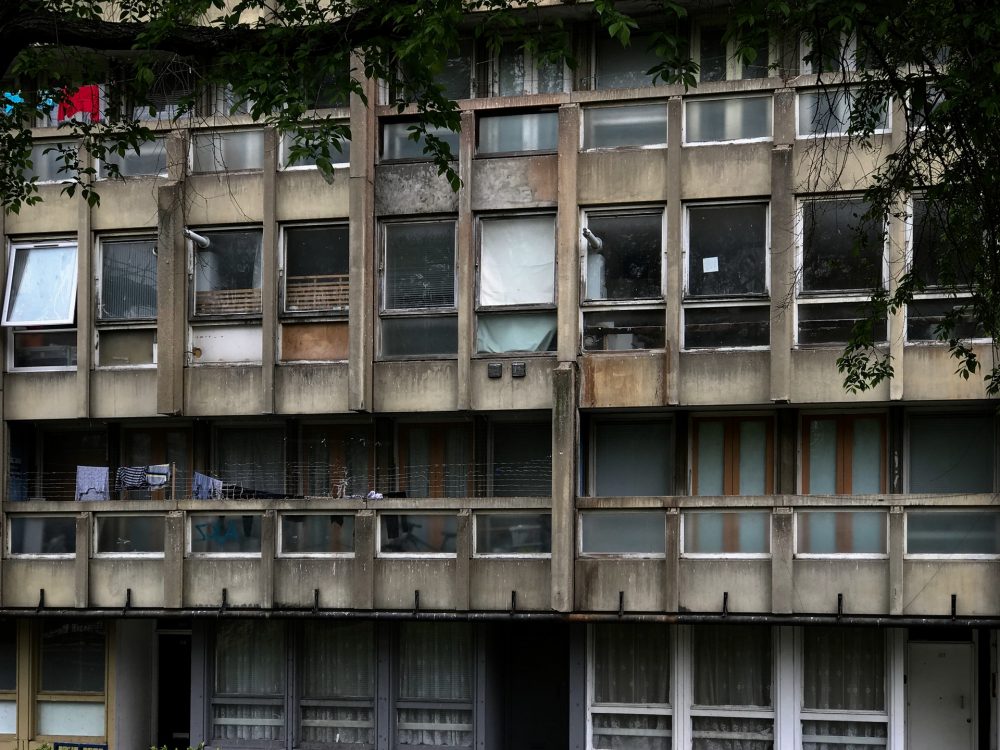
The national flammable cladding crisis
72 people died when Grenfell Tower caught fire. It had been refurbished the year before! This national scandal has been sitting in the Governments in box for four years. Progress is slow. Lots of people are writing reports – but the solution should be very simple. The people who manufactured, sold, fitted and approved the use of flammable cladding should pay. The list must surely include local planning departments, architects, surveyors, fire safety officers, developers, subcontractors and more. These are the people responsible for this dangerous, ridiculous, and costly fiasco. The general public, through the Government, should have supplied upfront emergency funding and then recovered it from the perpetrators.
Last October John Biggs said that Tower Hamlets has 282 buildings with dangerous cladding registered in the governments funding scheme. There is currently a shortage of qualified fire surveyors and they are having problems getting indemnity insurance. In January the Daily Telegraph said: “Almost 4.6 million properties have been caught out by the cladding crisis sweeping through Britain’s property market…” The average cost of remedial work for each flat is £50,000, and flat owners are paying about £500 per month for waking watches.


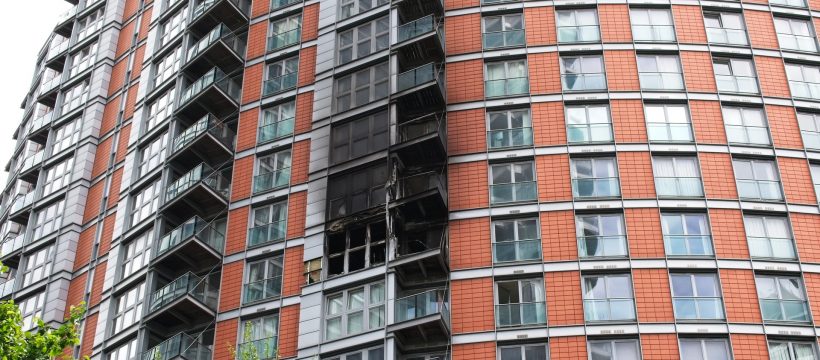
Dear Sir, It is noted by a couple of commentators that the Providence Wharf fire started in a ‘fuse box’. If that is the case then it is likely that the ignition was preceded by an incidence of a gradual build up of (high resistive) heat within a consumer unit/fuse box, followed by a Thermal Runaway event – whereby ignition temperatures are reached over a short period of time. To alert a third party or BMS to this gradual build up of heat (and pre-Thermal Runaway) there is a simple device called a Thermarestor, which can faciliate this and so turn a potential fire into a maintenance issue. This device can be installed as new or retro-fitted, perhaps at EICR time, if not before.
The post-ignition issues are of course crucial, and not all fires are caused by electrical failings, but if there is a way to remove a good proportion of ignition causality, why wouldn’t a developer do this? It’s hardly an expensive measure to prevent fires such as this one. Perhaps it is because this device is not mandatory, or they are not aware of the device – and if they are not, I urge the developer (who is I believe building another residential block nearby) to get in touch with Thermarestor to understand the utility and relevance of this device: http://www.thermarestor.co.uk